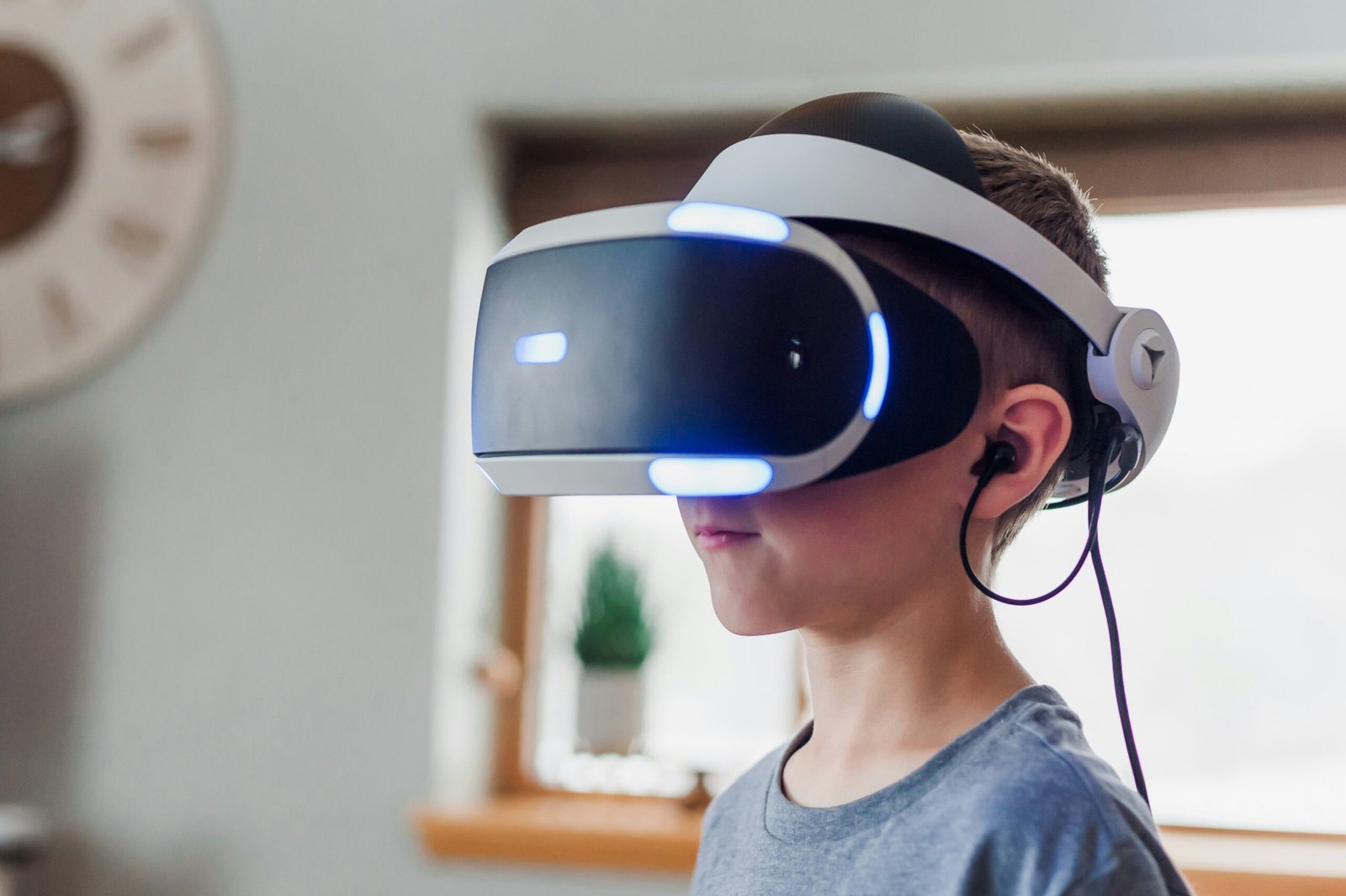Introduction
Virtual reality (VR) has revolutionized the way we experience the world around us. With its immersive and interactive nature, VR has transformed various industries and brought about significant changes in how we work, learn, entertain, and even communicate. In this article, we will explore the ways in which VR has changed the world and the impact it has had on different sectors.
Enhancing Entertainment
One of the most noticeable ways in which VR has changed the world is through its impact on the entertainment industry. VR technology has opened up new possibilities for immersive gaming experiences, allowing players to feel like they are part of the virtual world. With the use of headsets and motion controllers, gamers can now interact with their virtual surroundings and engage in realistic gameplay.
Besides gaming, VR has also transformed the way we consume media and entertainment. Virtual reality headsets have made it possible to watch movies and videos in a whole new way, providing a 360-degree view that makes you feel like you are right in the middle of the action. This has not only enhanced the viewing experience but has also opened up new avenues for storytelling and content creation.
Revolutionizing Education and Training
VR has also made a significant impact on the field of education and training. With virtual reality, students can now explore and learn about various subjects in a more interactive and engaging manner. For example, instead of reading about historical events, students can step into a virtual recreation of the past and experience history firsthand.
VR is also being used to train professionals in fields such as medicine, aviation, and engineering. Simulations created with VR technology allow trainees to practice and develop their skills in a safe and controlled environment. This not only enhances learning but also reduces the risks and costs associated with traditional training methods.
Transforming Healthcare
The healthcare industry has also been greatly impacted by the advancements in virtual reality. VR is being used in various medical procedures, such as surgical planning and pain management. Surgeons can use VR to visualize and simulate complex surgeries before performing them on actual patients, leading to better outcomes and reduced risks.
Virtual reality is also being utilized in mental health treatment. It has proven to be effective in treating conditions such as phobias, anxiety, and post-traumatic stress disorder (PTSD). By creating virtual environments that expose patients to their fears or traumatic experiences in a controlled setting, VR therapy helps individuals confront and overcome their fears in a safe and supportive manner.
Improving Communication and Collaboration
VR has also had a significant impact on the way we communicate and collaborate with others. With the use of virtual reality headsets, people can now have face-to-face interactions with others from anywhere in the world. This has opened up new possibilities for remote work and virtual meetings, reducing the need for physical travel and increasing productivity.
In addition to remote communication, VR has also transformed the way teams collaborate on projects. Virtual reality allows team members to work together in a shared virtual space, regardless of their physical locations. This promotes better collaboration, creativity, and innovation, as individuals can visualize and interact with their ideas in real-time.
Conclusion
Virtual reality has undoubtedly changed the world in numerous ways. From enhancing entertainment experiences to revolutionizing education, healthcare, and communication, VR has opened up new possibilities and transformed various industries. As technology continues to advance, it will be interesting to see how virtual reality further evolves and shapes our future.

















